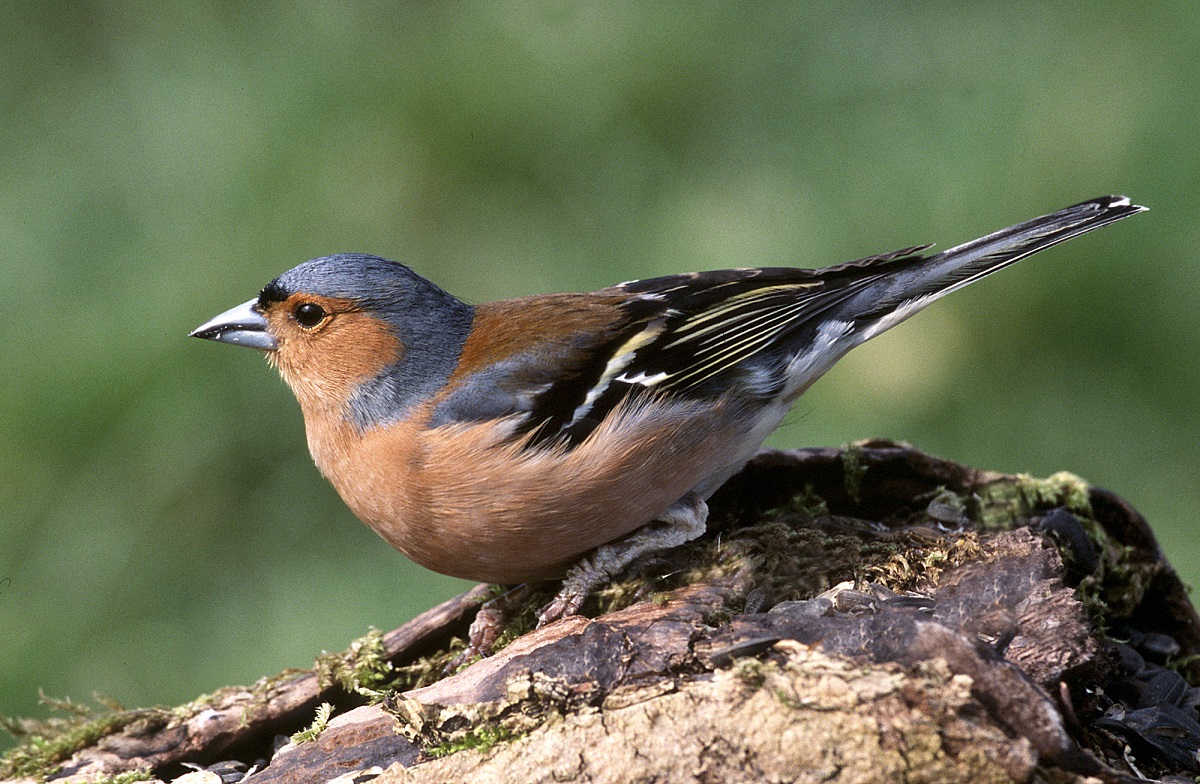BTO publishes peer-reviewed papers in a wide range of scientific journals, both independently and with our partners. If you are unable to access a scientific paper by a BTO author, please contact us.
Search settings
Declining population trends of European mountain birds
Author: Lehikoinen, A., Brotons, L., Calladine, J., Campedelli, T., Escandell, V., Flousek, J., Grueneberg, C., Haas, F., Harris, S.J., Herrando, S., Husby, M., Jiguet, F., Atle, J., Åke, K., Romain, L., Blas, L., Clara, M., Gianpiero, P., Thomas, C., Hans, S., Sirkiä, P.M., Teufelbauer, N. & Trautmann, S.
Published: 2019
Mountain areas often hold special species communities, and they are high on the list of conservation concern. Global warming and changes in human land use, such as grazing pressure and afforestation, have been suggested to be major threats for biodiversity in the mountain areas, affecting species abundance and causing distribution shifts towards mountaintops. Population shifts towards poles and mountaintops have been documented in several areas, indicating that climate change is one of the key drivers of species’ distribution changes. Despite the high conservation concern, relatively little is known about the population trends of species in mountain areas due to low accessibility and difficult working conditions. Thanks to the recent improvement of bird monitoring schemes around Europe, we can here report a first account of population trends of 44 bird species from four major European mountain regions: Fennoscandia, UK upland, south‐western (Iberia) and south‐central mountains (Alps), covering 12 countries. Overall, the mountain bird species declined significantly (-7%) during 2002–2014, which is similar to the declining rate in common birds in Europe during the same period. Mountain specialists showed a significant -10% decline in population numbers. The slope for mountain generalists was also negative, but not significantly so. The slopes of specialists and generalists did not differ from each other. Fennoscandian and Iberian populations were on average declining, while in United Kingdom and Alps, trends were nonsignificant. Temperature change or migratory behaviour was not significantly associated with regional population trends of species. Alpine habitats are highly vulnerable to climate change, and this is certainly one of the main drivers of mountain bird population trends. However, observed declines can also be partly linked with local land use practices. More efforts should be undertaken to identify the causes of decline and to increase conservation efforts for these populations.
04.01.19
Papers
Representing migration routes from re‑encounter data: a new method applied to ring recoveries of Barn Swallows (Hirundo rustica) in Europe
Author: Musitelli F, Spina F, Møller AP, Rubolini D, Bairlein F, Baillie SR, Clark JA, Nikolov BP, du Feu C, Robinson RA, Saino N, Ambrosini R
Published: 2018
14.12.18
Papers
A horizon scan of emerging issues for global conservation in 2019
Author: Sutherland W.J., Broad B., Butchart S.H.M., Clarke S.J., Collins A.M., Dicks L.V., Doran H., Esmail N., Fleishman E., Frost N., Gaston K.J., Gibbons D.W., Hughes A.C., Jiang Z., Kelman R., LeAnstey B., le Roux X., Lickorish F.A., Monk K.A., Mortimer D., Pearce-Higgins J.W., Peck L.S., Pettorelli N., Pretty J., Seymour C.L., Spalding M.D., Wentworth J., Ockendon N.
Published: 2018
13.12.18
Papers
Climate change vulnerability assessment of species
Author: Foden, W.B., Young, B.E., Akçakaya. H.R., Garcia, R.A., Hoffmann, A.A., Stein, B.A., Thomas, C.D., Wheatley, C.J., Bickford, D., Carr, J.A., Hole, D.G., Martin, T.G., Pacifici, M., Pearce‐Higgins, J.W., Platts, P.J., Visconti, P., Watson, J.E.M. & Huntley, B.
Published: 2018
Assessing species' vulnerability to climate change is a prerequisite for developing effective strategies to conserve them. The last three decades have seen exponential growth in the number of studies evaluating how, how much, why, when, and where species will be impacted by climate change. We provide an overview of the rapidly developing field of climate change vulnerability assessment (CCVA) and describe key concepts, terms, steps and considerations.
11.10.18
Papers
Spatio-temporal dynamics and aetiology of proliferative leg skin lesions in wild British finches
Author: Lawson, B., Robinson, R.A., Rodriquez-Ramos Fernandez, J., John, S.K., Benitez, L., Tolf, C., Risely, K., Toms, M., Cunnigham, A.A. & William, R.A.J
Published: 2018
Leg lesions, more commonly known as ‘scaly leg’ or ‘tassel foot’ are growths on the legs of feet of finches. A study from the Zoological Society of London in collaboration with BTO, the Complutense University of Madrid and Linnaeus University, explores the causes, seasonality and distribution of one of the most notable diseases in wild birds in Britain.Leg lesions are one of the most commonly seen signs of ill health in British birds. Results from post-mortems on over a thousand finches have found that these leg lesions have two causes; a virus (Fringilla coelebs papillomavirus) and mites (Cnemidocoptes). The most frequently affected birds are Chaffinches but leg lesions have also been documented in other finch species.Weekly reports from BTO Garden BirdWatchers, as well as ad hoc sightings of disease from members of the public to Garden Wildlife Health, show that leg lesions in finches are widespread across the UK. However, reports of leg lesions increase during the winter period between November- March, at a time when we see an influx of Chaffinches from the continent, joining our breeding birds. The increase in migratory finches at this time might help to explain the increase in disease reporting rate in the winter months.We know that leg lesions, whilst distressing to see, often do not impede the birds and most of the time they behave normally, but in severe cases birds can become lame and will be increasingly vulnerable to predation. Currently there is no evidence that leg lesions pose a threat to conservation of wild finches. You can help reduce the spread of the disease in your garden by following good hygiene measures when feeding garden birds, such as regularly cleaning your feeders. For more information on how to prevent disease and to report disease in your garden see the Garden Wildlife Health website.
10.10.18
Papers
